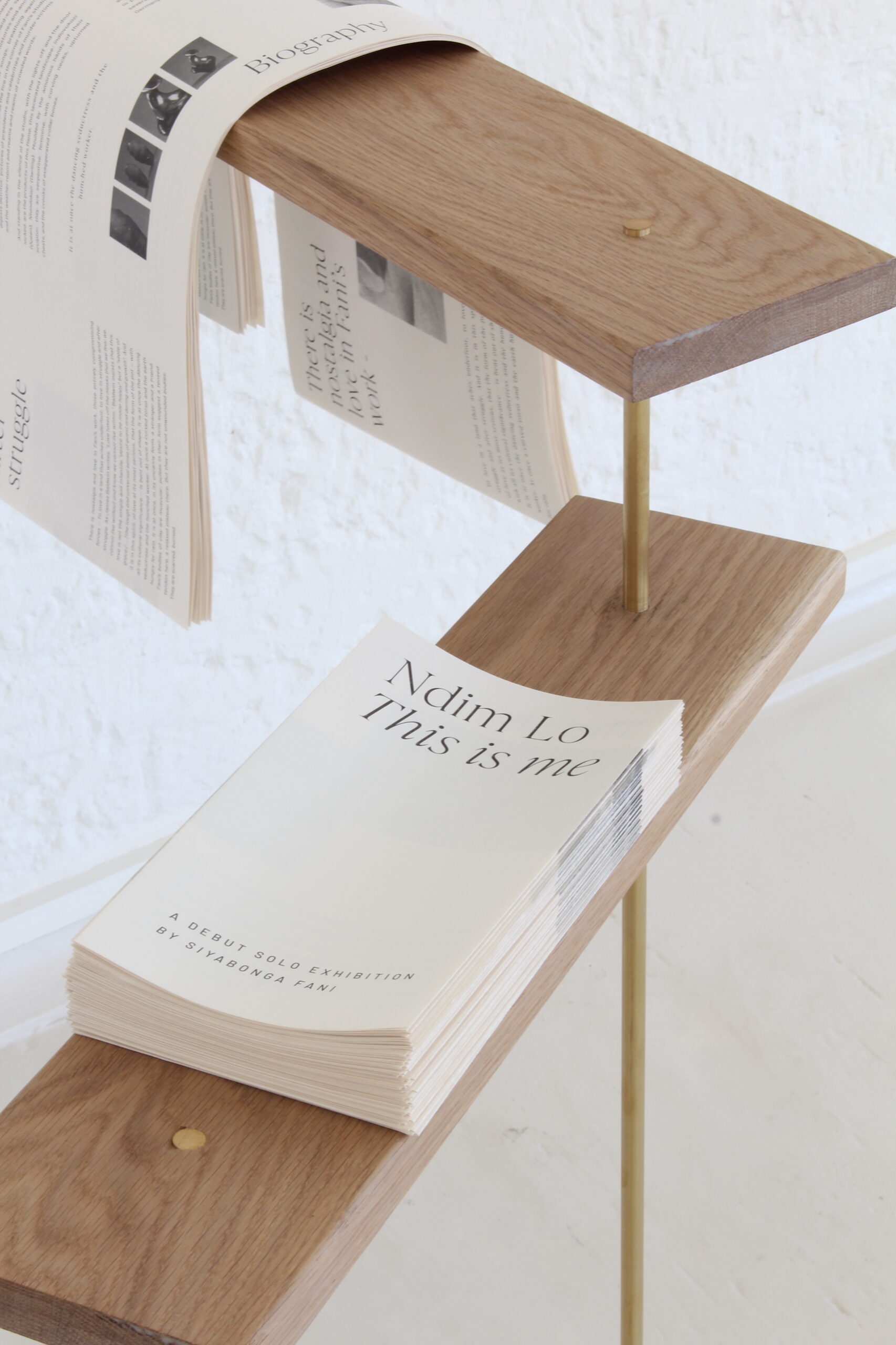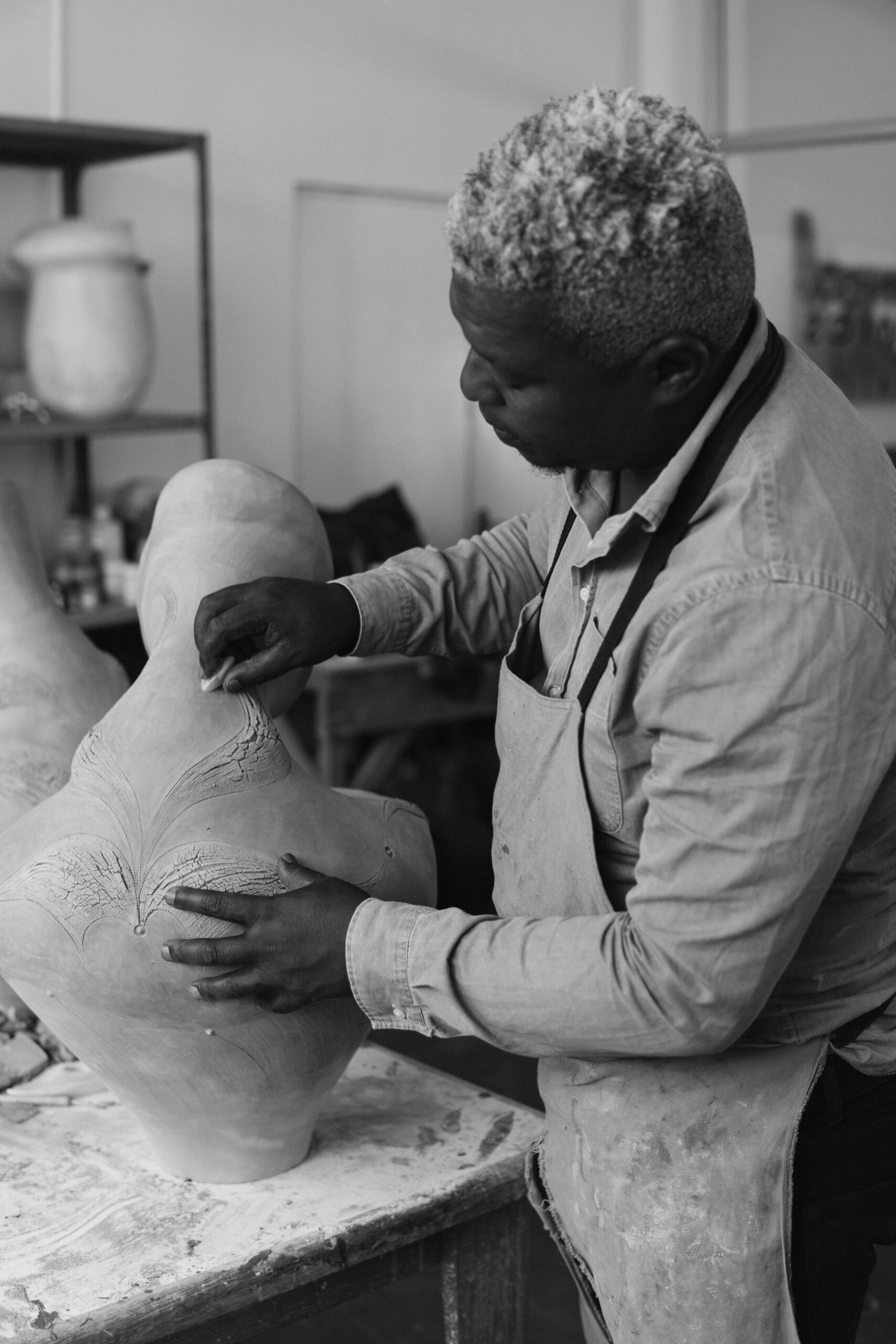To love in a land that aches underfoot, to love in struggle and after struggle. And it is in this spirit, of love at its most serious, that the form of the pot — with all its cultural significance — is bent out of shape. It is at once the dancing seductress and the hunched worker. At once a curved torso and the earth hungry for rain.
In the South African context, clay is perceived as being bound to the rituals and rhythms of rural life. However, the material’s conceptual link to the South African pastoral can foreclose the possibilities of clay, obscuring practices that are rooted in the urban. Siyabonga Fani’s biography is bound to his material; born in 1981 in the Cape Town township of Gugulethu, Fani’s clay is city-slick. Working against negative perceptions of the township as a place of “watered-down” African identity, Fani claims his city-bound history as sacred. Through his work, he proclaims, again and again, with powerful simplicity, “Ndim lo”, “This is me.”
With a thumb against the clay’s underside, Siyabonga Fani depresses the landscape, and streams of fissures chase his touch. The clay has been aged with a drying agent, and so the material resists the movement, breaking apart so as to bend. This wet body will be offered up to a fire made from yesterday’s newspaper and litter, emerging, wearing a mottled coat of smoke. After this body has been bruised by flame, burnished by stone, and varnished by cooking oil or shoe polish, the effect is one of a creature wearing two skins — casting off one body for the next; the polished, metallic pelt for the scorched, blackened flesh of a tree.
The objects made under Fani’s hands are in between things. By his account, they are partial ancestral vestiges, expressions of cultural heritage, tributes to his artistic father, a gesture to the great lineage muffled in the breath of imphepho, a solemn rite. These ceramic works are recollections of a part-inhabited, part-imagined homeland. The landscapes that Fani recalls in his bands of charred clay are the drought-parched rivers of the Eastern Cape, the cracked earth revealed beneath. However, twisting this image of pastoral Xhosa identity is the second skin: the muffled coat of the city, the township.
In the South African context, clay is conceptually bound to the rituals and rhythms of rural life. Clay forms part of ceremonies that connect the living to the ancestral plane. However, the material’s conceptual link to the South African pastoral can foreclose its histories, obscuring practices that are rooted in the urban. Fani’s biography is bound to his clay. Here is the static of the urban, the smog, the smoke, the music thrumming against tin, the hiss of the highway.
The skin of Fani’s clay bears the texture of gelatinous heat, the mirage in the dust. It is the colour of the view from the train, in and out of the city centre, early in the morning, at the swell of the evening. Fani knits these landscapes together, like textiles, for these stories are not distinct. They are imagined in contradistinction; they are co-created. These works remember the quotidian exiles of the South African state — the train line from the city to the outskirts, the train line from farmland to the mines and back again, the orange eyes of the Intercape through the Huguenot tunnel, huffing like a monster, wheezing and coughing like the sick.
Now Fani, more than ever, is working into an expanse. He speaks of shaking off the desire to prove himself against some yardstick of ideal Xhosa masculinity. His terracotta vessels do not seek to convince or impress. They stand, keening upwards, tubular, heavy-chested, growing larger and larger with each iteration. In their simplicity, their openness, they invite the world.
Artist Biography
Siyabonga Fani works in Woodstock, Cape Town. He has been working with clay since the late 1990s while a student at the College of Cape Town and founded his studio, Siyabonga Ceramics, in 2013. He works with terracotta forms, using traditional techniques of burnishing and smoke-firing. Fani’s work is, in part, a requiem for his father, the self- taught artist. Since his father’s death, Fani’s clay is heavier; it bears the smell of smoke, pit-fired in the alleyway outside the studio. Fani hand-coils his pieces, working intuitively, drawing forms from the bodies of trees, the rivers and the human beings who make lives from the earth. His work is animated by the joy and estrangement of the township imaginary. In it, there is the yearning for the pastoral mirage of the rural homeland and the desire to hold the land tenderly. And, with the same impulse, there is the nostalgia for the bustle and hum and dialects of the township.
In 2024, Fani exhibited with Art Formes at Investec Cape Town Art Fair, Latitudes Art Fair in Johannesburg and the prestigious Homo Faber Fair in Venice. Fani’s works can be found in public collections such as South Africa’s National Iziko Museums, and several private collections around the world namely in France, Switzerland, Germany and the United States.

![Siyabonga Fani: Ndim Lo [This is Me]_Art Formes](https://artformes.com/wp-content/uploads/2025/02/Siyabonga-Fani_Art-Formes_South-African-Ceramics-copy_clay-1025x1536.jpg)
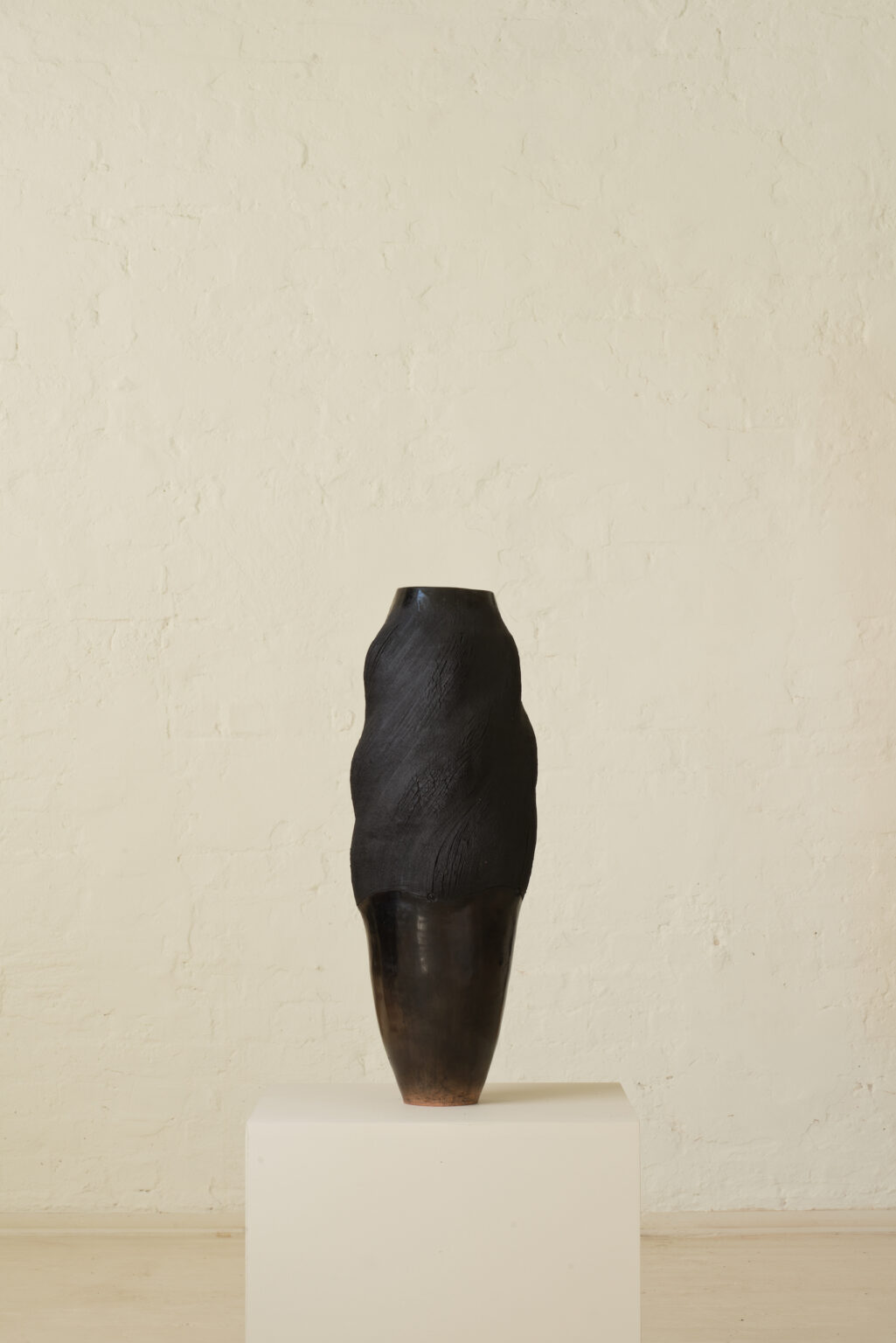
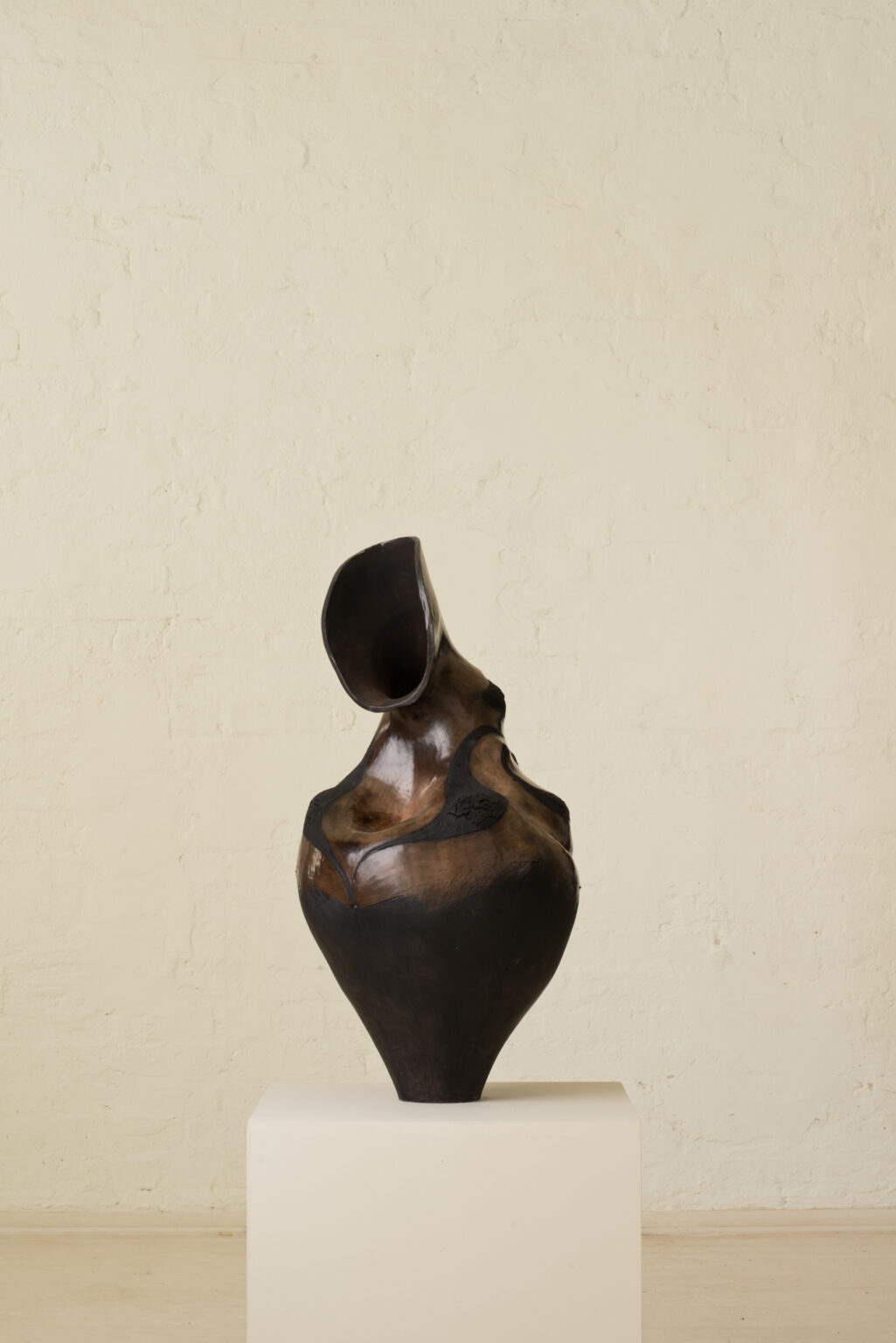

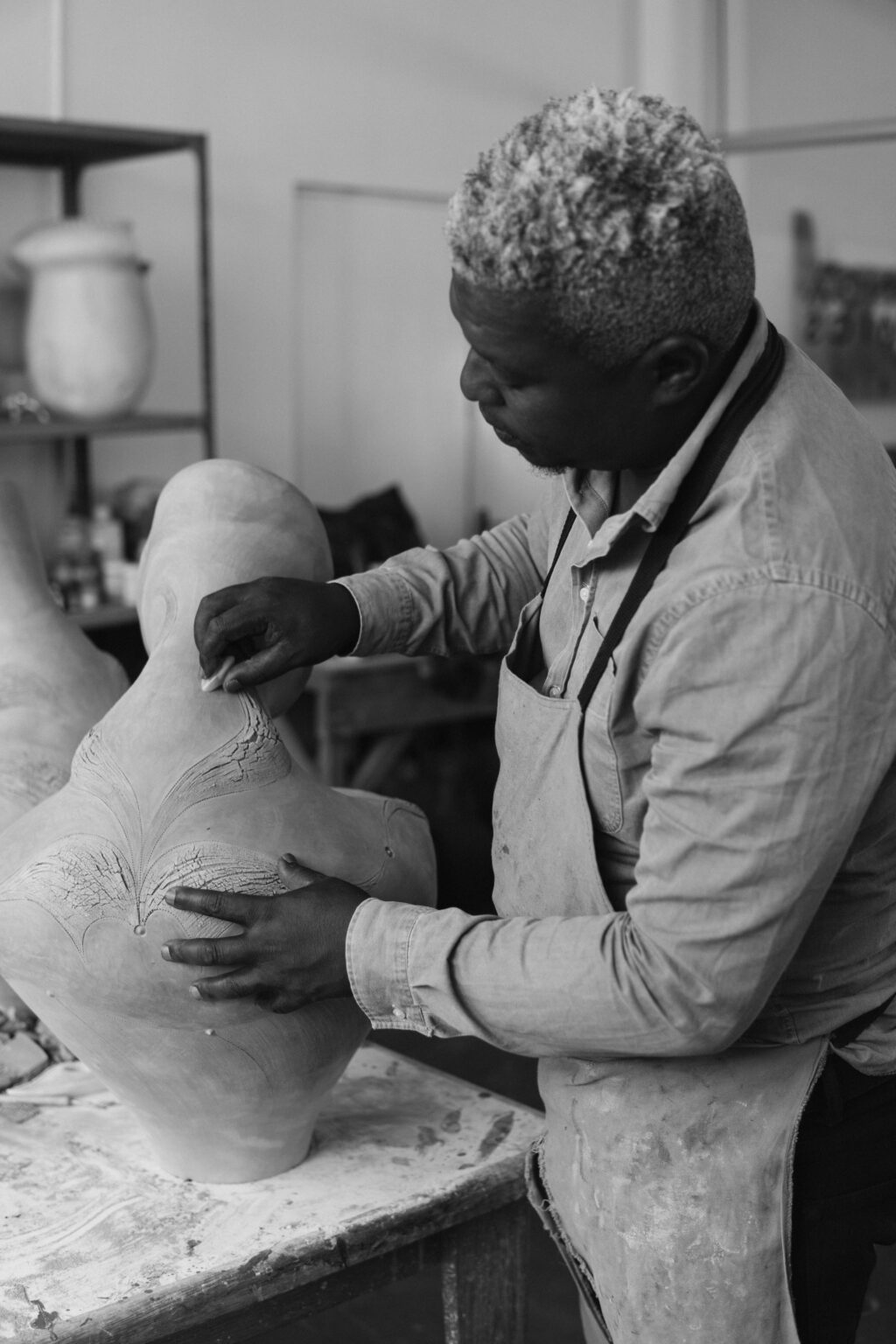
![Siyabonga Fani: Ndim Lo [This is Me]_Art Formes](https://artformes.com/wp-content/uploads/2025/02/Siyabonga-Fani_Art-Formes_South-African-Ceramics-copy_clay-scaled.jpg)
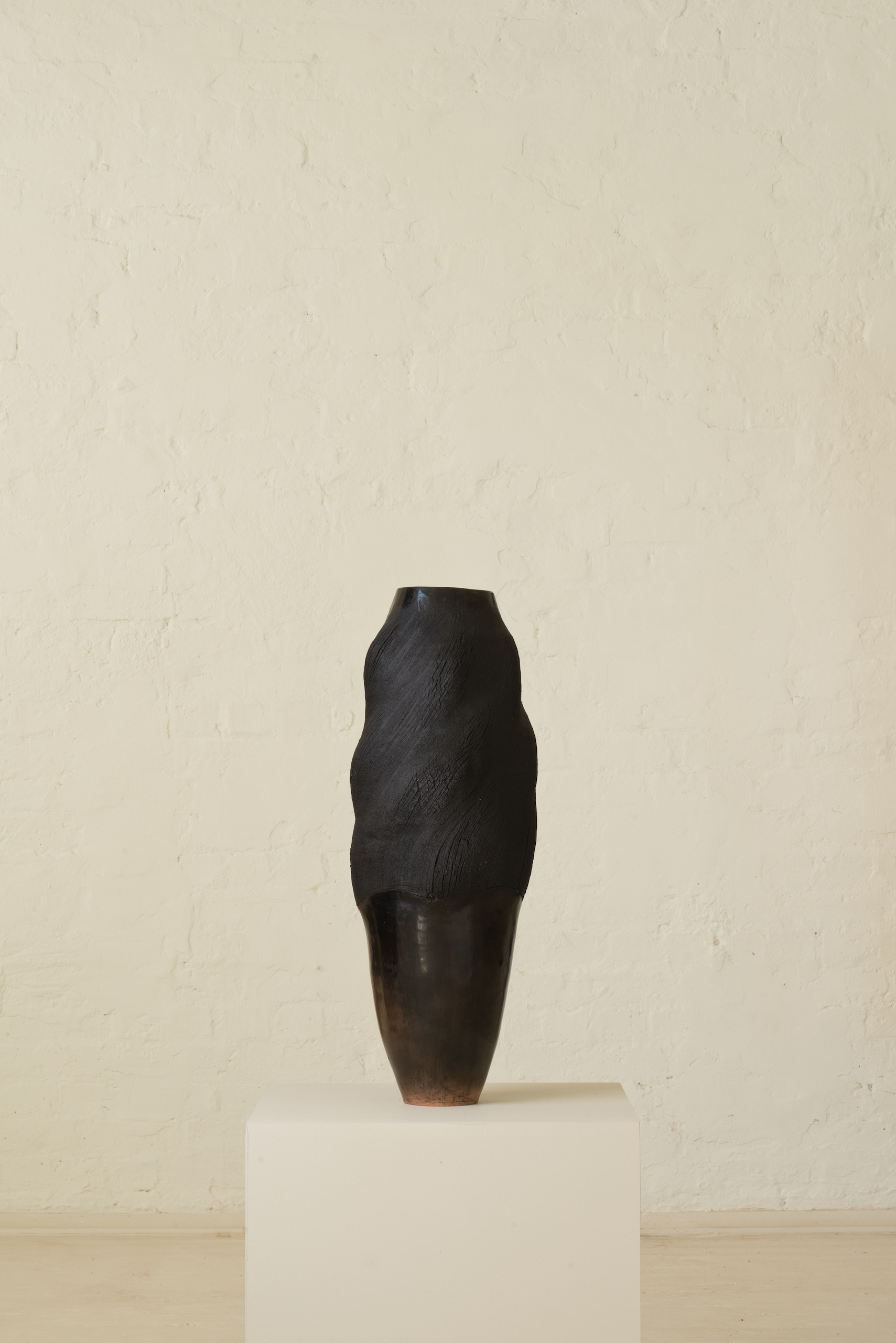
![Siyabonga Fani_Nolali [Village Girl]](https://artformes.com/wp-content/uploads/2025/02/Siyabonga-Fani_Nolali-Village-Girl.jpg)
